"Executive Summary
 How much energy could be generated by states tapping into internal renewable resources? To date, no study has addressed this question comprehensively. This report is a first attempt to do so.
How much energy could be generated by states tapping into internal renewable resources? To date, no study has addressed this question comprehensively. This report is a first attempt to do so.
The data in this report, while preliminary, suggest that at least half of the fifty states could meet all their internal energy needs from renewable energy generated inside their borders, and the vast majority could meet a significant percentage. And these estimates may well be conservative.
A national renewable energy policy should reflect the unique distribution of these energy sources. Wind and solar and, to a lesser extent, biomass, can be found in abundance in virtually all parts of the country. A federal policy that focuses on harnessing local renewable resources for local markets could dramatically expand the number of communities and states economically benefiting from the use of renewable fuels while minimizing the transportation-related environmental impact of moving energy products long distances.
Yet current federal energy policy is largely focused on harnessing renewable energy in a few states and transporting it hundreds or even thousands of miles to customers in other states.
The rationale for this reliance on long distribution lines is that while renewable energy is widely distributed, the resources and cost of harnessing them vary widely state-by- state.
That is true. Agricultural states in the heartland can grow biomass in larger quantities and at a lower cost than states on the coasts. A state like Nevada has significantly more annual solar energy than Oregon. North Dakota’s high wind speeds translate into lower production costs.
However, while significant variations in renewable energy among states exist; in most cases, when transmission or transportation costs are taken into account, the net cost variations are quite modest. Homegrown energy is almost always cheaper than imports, especially when you factor in social, environmental and economic benefits.
Policies that encourage energy self-reliance at a state and even in many cases a local level could enable communities and regions to achieve economic and environmental goals simultaneously. It’s a win-win situation.
The New Rules Project - http://www.newrules.org/
Questions? E-mail the Webrarian"

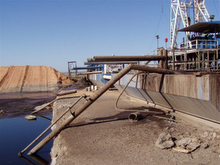



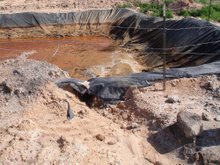

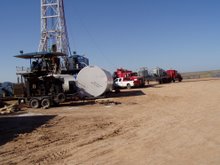
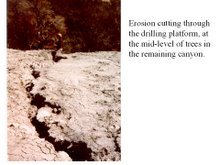
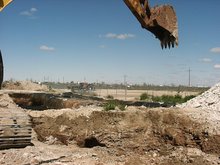

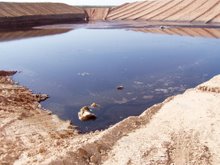
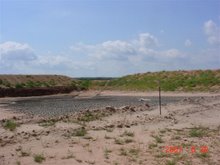
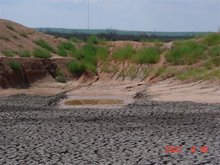
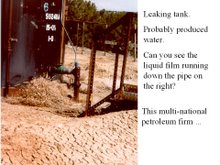
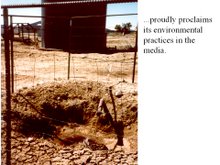
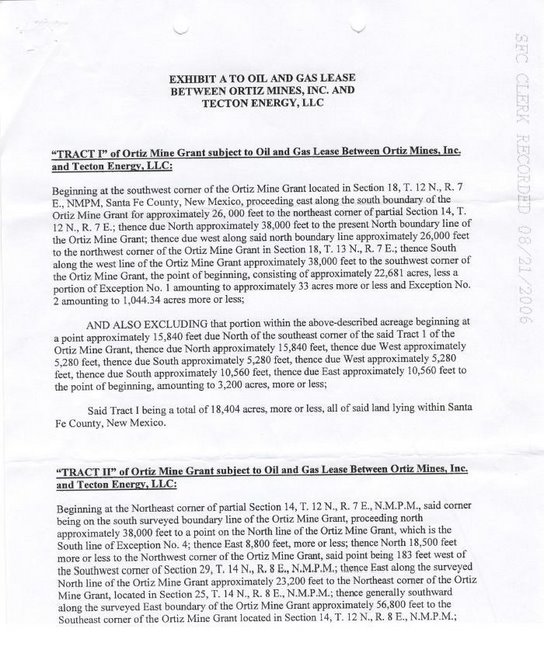
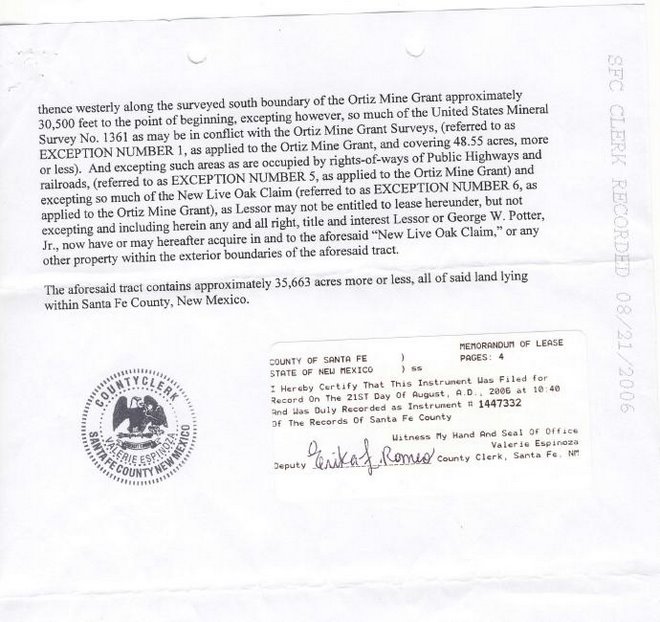
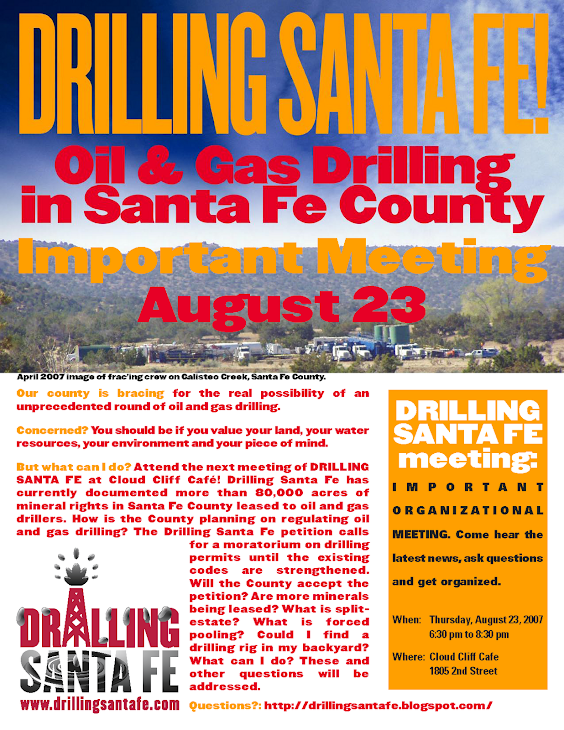



No comments:
Post a Comment